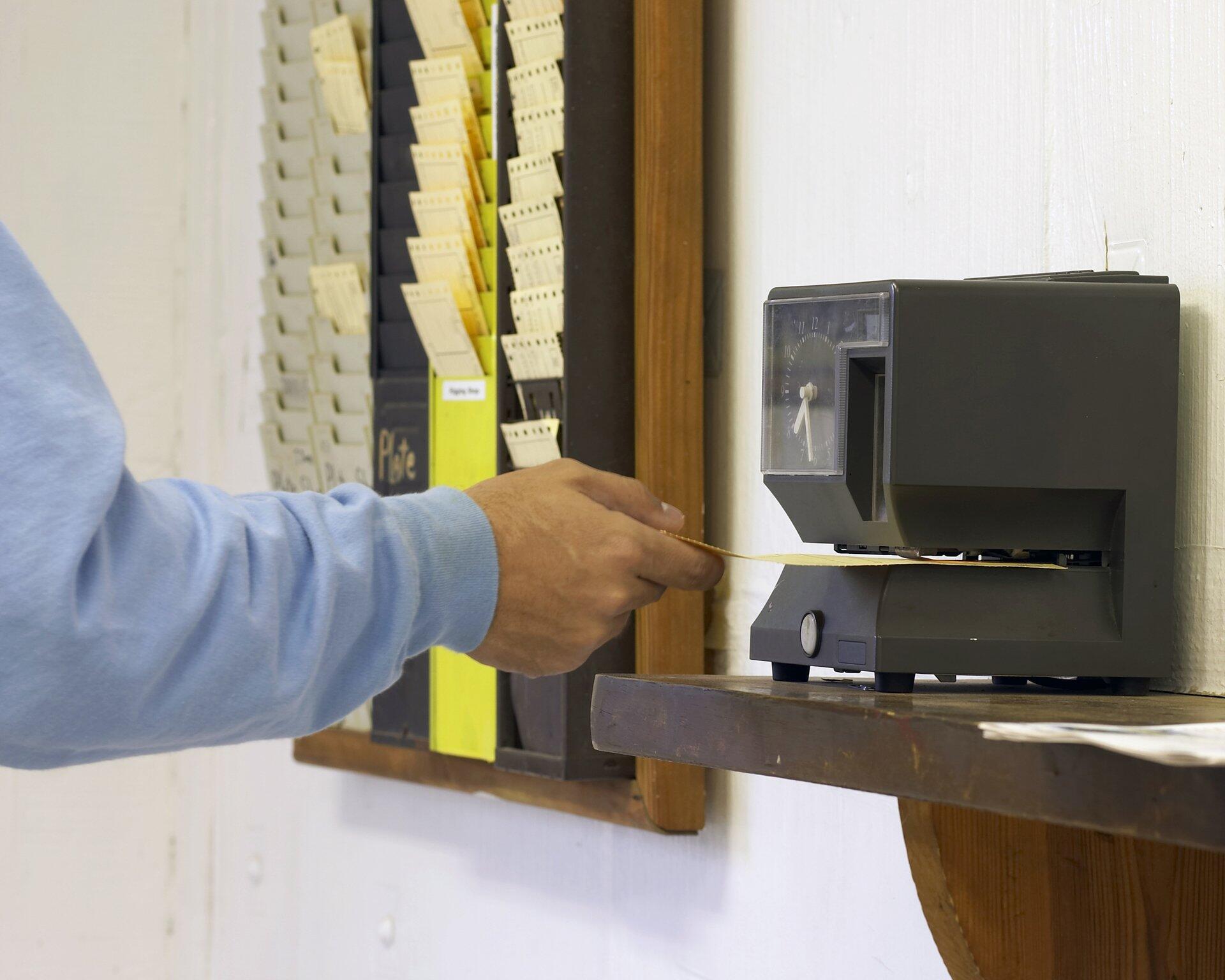In 2020, 14% of businesses increased their expenditure on time-tracking software. One of the most crucial jobs a corporation does is the precise tracking of employee hours. Missed deadlines and lower-quality work are all consequences of poor time management. But, superior time management abilities may raise output and increase quality. Are you looking for better ways to track your employees’ hours at work? Read on to identify six tips for improving employee time tracking.
1. Educate Your Team
When establishing a time-tracking strategy, train your employees on how to use the tools and have a grasp of how and why everything works.
Provide them with as many details as you can in in-person training and also in your written materials. This will enable them to realize the advantages of time tracking their and the business’s productivity.
2. Document the Process
Create clear and comprehensive documentation for your time-tracking process. It will allow employees to identify what the company expects of them during their shifts.
Make the documentation accessible to all personnel by, for example, publishing it in an online employee handbook. So personnel can access it whenever.
3. Automate Your Time-Tracking System
Automating your time-tracking software simplifies your ability to document employee work hours. It ensures that employees work no less nor no more than required.
You can even use automated time tracking for employee paid time off. It will keep track of balances for time spent outside work while still under payroll, including sick leaves and vacations.
4. Check State, Federal, and Local Laws
Be sure to research and follow federal, local, and local laws on employee time tracking. It will help you run your business per regulations on issues like employees working overtime and record keeping. The IRS and federal government, via the Fair Labor Standards Act (FLSA), need all businesses to maintain their time-tracking data for at least two years.
Deliberate with a lawyer conversant with your industry’s labor laws to keep your business legally on track.
5. Mobilize Your Time-Tracking System
Improve your employee time tracking by making your time tracking software mobile. This will enhance its accessibility from any location. Remote employees will especially enjoy this.
As an extra accuracy measure, you can set up a facial recognition time clock that is android and iOS compatible. It scans employees’ faces during clock-in or out, thus preventing foul play and reducing labor costs.
6. Create an Onboarding Process
Onboarding involves integrating a new employee into a business. Current employees are already familiar with the time tracking system, but new employees may have a hard time catching up.
Incorporate time-tracking training in your onboarding process. It will ensure all employees have similar information and access to the system.
Start Improving Employee Time Tracking Today
Do away with poor time management challenges using the above tips; the result will be worth it. We at timetrakGO deliver straightforward employee time clock software while proving a valuable, unique user experience to our clients.
Get started today for free and start improving employee time tracking.




